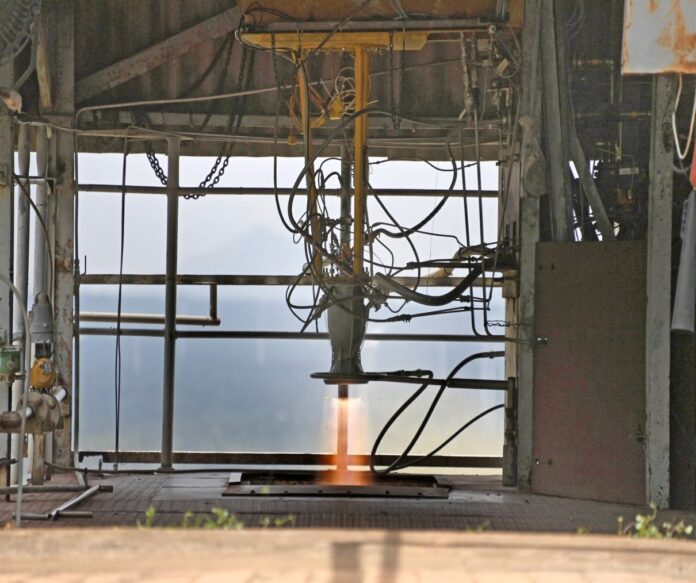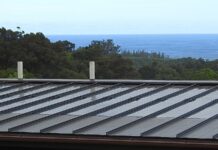Mahendragiri (Tamil Nadu): The Indian Space Research Organisation (ISRO) claimed yet another milestone after conducted successful hot test of a liquid rocket engine, used in the fourth stage of propulsion (PS-4), created with additive manufacturing (AM) technology also known in common language as 3D printing.
The PS4 engine was made of a total of 13.7 kg of metal powder as against the earlier requirements of 565 kg of forgings and sheets for conventional manufacturing process. The engine that the space agency tested is the PS4 engine used in the reaction control system (RCS) of the upper stage (PS1) of the polar satellite launch vehicle (PSLV).
Also Read: ISRO achieves milestone as Aditya-L1 enters Halo-orbit around L-1
The test was conducted on Friday in Tamil Nadu at ISRO propulsion complex, Mahendragiri. Consequently, the new engine now saves 97% of raw materials and reduces production time by 60%.
A press release from the space agency stated, “ISRO achieved the major milestone with the successful hot testing of a liquid rocket engine manufactured through AM technology for a duration of 665 seconds on May 9.”
The space agency, while highlighting the achieved, also took to social media platform X (formerly Twitter) and posted: “Design & Manufacturing Breakthrough: ISRO successfully conducts a long-duration test of the PS4 engine, re-designed for production using cutting-edge additive manufacturing techniques and crafted in the Indian industry.”
Also Read: ISRO to launch XPoSat, 10 additional payloads on new year day
The space agency noted that after the successful administration of test, the number of parts deployed has been brought down to 1 from 14 with the employment of the Laser Powder Bed Fusion technique. This further eliminated 19 weld joints, subsequently saving upon raw material usage per engine tremendously.
Liquid Propulsion Systems Centre (LPSC) redesigned the engine making it amenable to the Design for Additive Manufacturing (DfAM) concept thereby gaining considerable advantages. The laser powder bed fusion technique employed has brought down the number of parts from 14 to a single-piece, and eliminated 19 weld joints, saving significantly on the raw material usage per engine (13.7 kg of metal powder compared to the 565 kg of forgings and sheets for conventional manufacturing process) and reduced 60% in the overall production time. The manufacturing of the engine was done in the Indian industry (M/s WIPRO 3D).
Also Read: ISRO plans India’s space station, moon tourism in next decade
As part of the development programme, the injector head of the engine was realised and successfully hot tested earlier. Detailed flow and thermal modelling, structural simulation, and cold flow characterisation of the proto hardware were carried out to gain confidence for the hot test. Consequently, four successful developmental hot tests of integrated engine were conducted for a cumulative duration of 74 s which validated the engine performance parameters.
Furthermore, the engine was successfully tested for the full qualification duration of 665 s and observed that all the performance parameters were as expected. It is planned to induct this AM PS4 engine into the regular PSLV programme.




